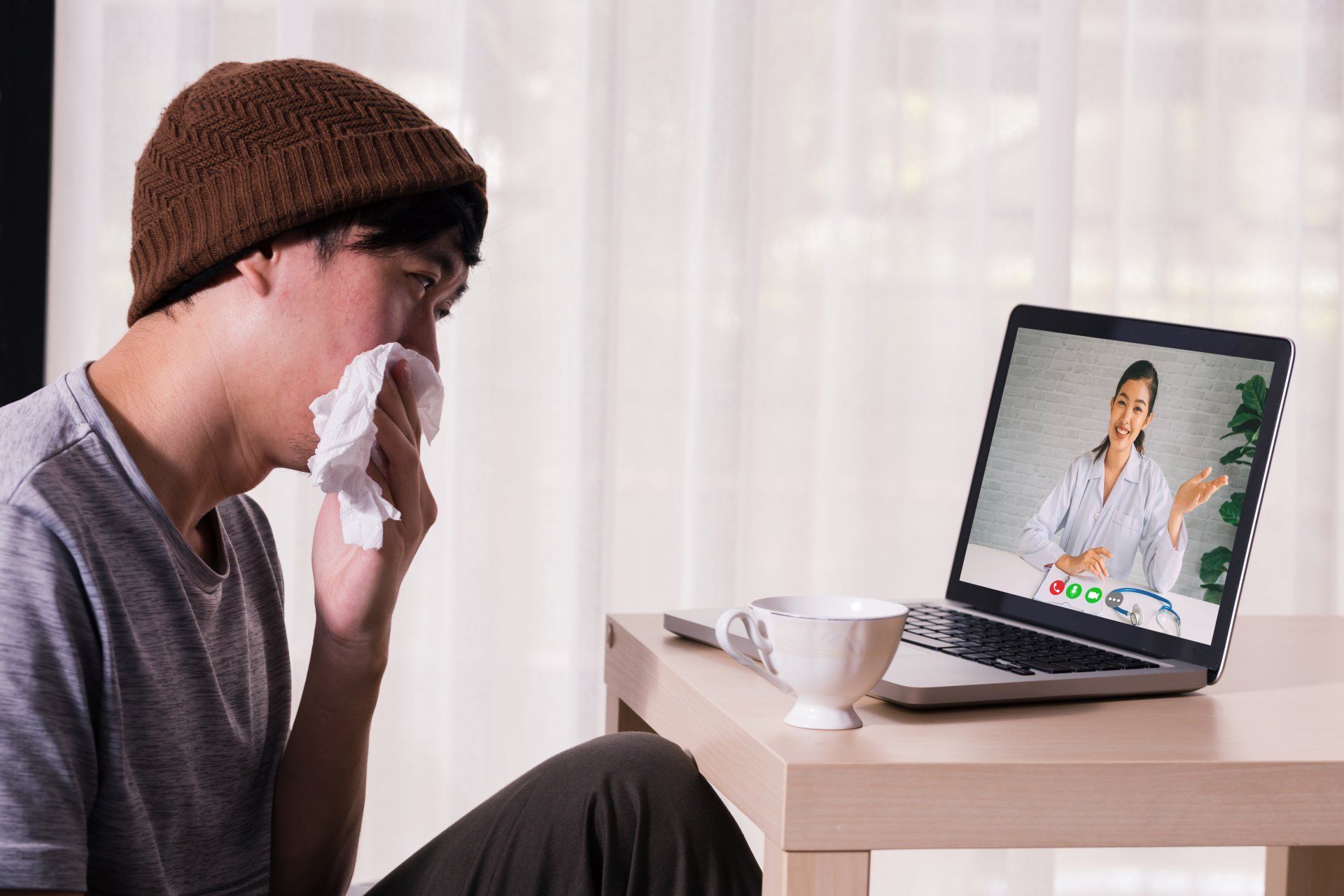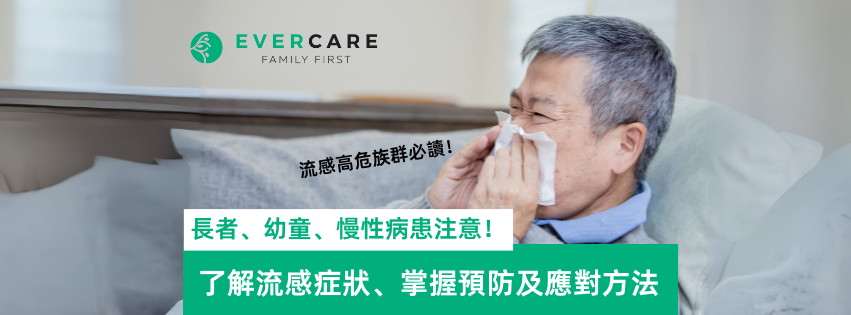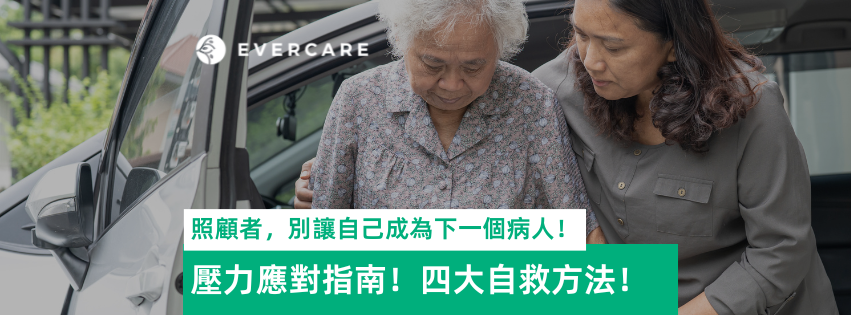Technological advancements have yet again proven themselves to the masses. As the global health crisis continues, with coronavirus sweeping the world, the public has found some benefits in consulting medical professionals online from the safety of their homes.
Human beings have evolved to find new ways of coping with unprecedented changes. Now, even the conventional doctor visits during critical times have taken a reroute
— video calling your family doctor instead of making a trip to the clinic.
The premise is simple, and the patient-doctor relationship remains intact.
If you are experiencing any symptoms or other health problems, the medical professional behind the screen will help in the diagnosis and further monitoring, while educating you on the next steps to be taken.
The coronavirus pandemic has overwhelmed the healthcare systems even in the most well-developed countries. Hospitals are full to the brim and carry the risk of passing the infection. In Hong Kong, The government long ordered
the closure of institutional centers, public amenities
etc. to contain the transmission of the virus. This led to a major cutdown in the services offered by day care centres for the elderly and other non-governmental organisations, leaving a huge chunk of the population in distress.
Fortunately, the situation has instigated a switch to
telehealth or remote check-ups via telephone/video calls
. A quick evaluation of whether the person needs more intimate care is made during the virtual interaction after the medical specialist assesses the symptoms and condition.
“This pandemic has been a catalyst for moving providers to use telehealth,” said
Dr. Mathew Weimer,
US’ Valley Health’s Vice President of health services and chief medical officer, “Using telehealth for sick, well, and routine appointments is safe and effective (as it keeps everyone who is sick from spreading their illness; be it the flu, cold or virus). This is an incredibly important tool for maintaining access to care for our patients while also practicing social distancing.”
Although more and more people have started to accept the new change, some have shown their reasonable hesitation. Virtual meetups do not replace face-to-face interactions and the use of body language is a prime source of communication, particularly for psychologists. The virtual interaction therefore remains limited. Decreased cognitive abilities due to the age factor also make this transition challenging and, most importantly, real time
social connections and interactions
remain important for the wellbeing of mankind.
Keeping the costs and benefits in mind, research shows that the switch is not the best alternative for everyone. However, it is undoubtedly a practical and safer option for our current situation. Besides, telehealth is also advantageous to us due to the following:
- Saves transportation costs and time
A study by Red Quill Consulting Inc., revealed that an average virtual check-up would cost around $40-$50 while its in-person care counterpart may cost around $176 per visit. Transportation costs, which may be high if you live away from the city or in the rural areas, would also be saved as long as you have a stable internet connection.
- Frees up hospital resources
While we look at the quick advancement of telehealth and anticipate how this will affect the future of healthcare, we also learn how technology is helping free up hospital resources for people with more urgent needs and alleviate the risk of people who could be successfully treated remotely. With easier access and shorter wait times, telehealth has the potential to enhance engagement between patients and health care providers, improving the continuity of care.
- Provides more convenient access to healthcare
Telehealth allows getting people the care they need anytime and anywhere, without missing work. Telehealth entails that you always have someone to answer your queries just one click away as many healthcare companies even provide easy, 24-7 assistance. In fact, research by Accenture Technologies showed that 78% of the surveyees were inclined towards receiving virtual care as opposed to in-person consultation, citing convenience as their biggest reason.
The Future of Telehealth
For those of us taking care of our loved ones at home, we will know that getting them to the hospital may not be as simple as it sounds. Poorly built access points, private ambulances and dangerous travel are just a few challenges we experience when having to go for checkups. The future of telehealth shows us the increased options we, as caregivers and families, may have with our healthcare team.
Telehealth is definitely here to stay, and expand even further from here.
Contact us here to see how caregiving has also been made digital at Evercare and how our professionals keep you updated throughout your caregiving journey.
其他話題 Other Topics
最新的文章 Latest Posts

喜歡我們的文章嗎?
超過3,000位照顧者已經訂閱我們的資訊!訂閱我們的資訊,你可獲得免費護理工具、專家護理知識和同路人分享。立即訂閱,也可以隨時取消。請在此填寫你的姓名和電郵地址:


